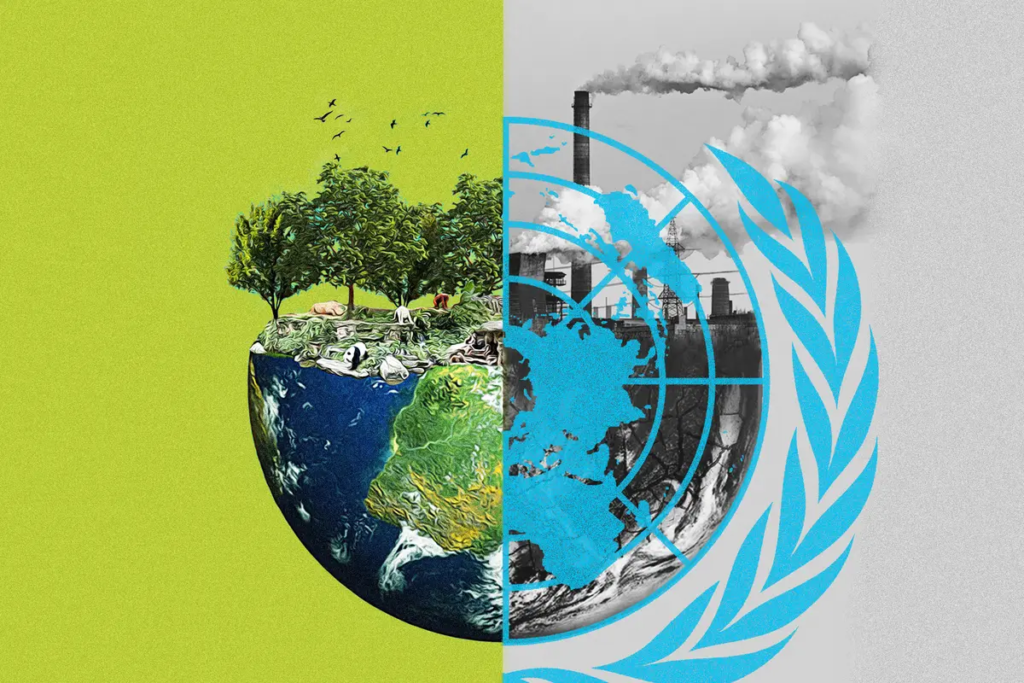
While governments pour billions of dollars into lowering CO2 emissions, several climate experts say CO2 is essential and higher levels are not a problem.
By Katie Spence
The Earth has entered “uncharted territory” and life is “under siege.”
The public has failed to heed this message and now “time is up,” warns a recent report from Oxford Academics’ BioScience.
The authors of the report say the catalyst behind the dire warnings is escalating concentrations of carbon dioxide (CO2).
To salvage what remains, the authors say a much faster phase-out of oil, coal, and other fossil fuels is necessary. Failure could cause water and food shortages, plus extreme heat, for a third to half of the world’s population.
The message is similar to that of the United Nations (U.N.), President Joe Biden, the World Economic Forum, and countless government leaders: CO2 concentrations are too high, and the continued burning of fossil fuels, which release CO2, will cause people to die.
Thus, the U.N. states it’s necessary to spend trillions of taxpayer dollars on “climate friendly initiatives” such as wind and solar energy and eat less meat, while the Biden administration has called for a full transition to electric vehicles.
However, not all scientists share the same view.
According to Patrick Moore, chairman and chief scientist of Ecosense Environmental and co-founder of Greenpeace, the climate change messaging isn’t based in fact.
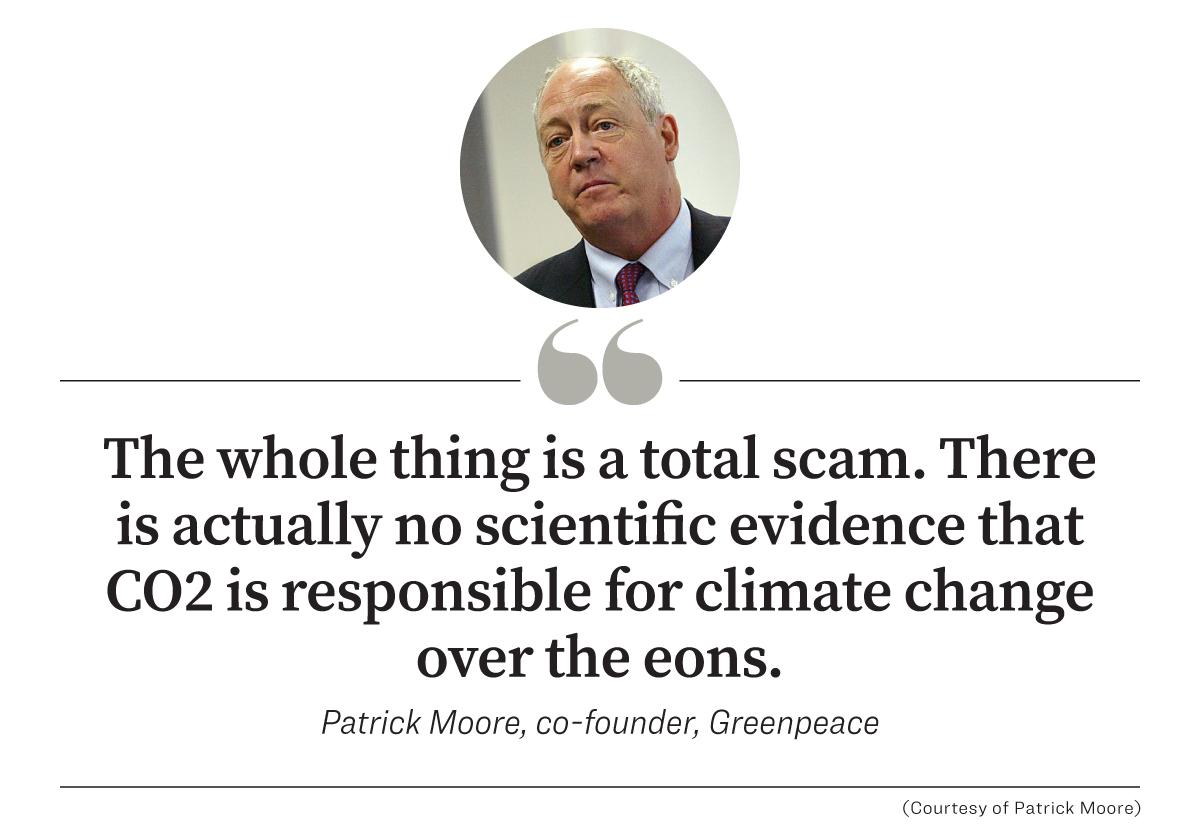
“The whole thing is a total scam,” said Mr. Moore. “There is actually no scientific evidence that CO2 is responsible for climate change over the eons.”
Mr. Moore said that over the past few decades, the climate message has continually changed; first, it was global cooling, then global warming, then climate change, and now it’s disastrous weather.
“They’re saying all the tornadoes, all the hurricanes, all the floods, and all the heat waves are all caused by CO2. That is a lie. … We’re part of the cycle,” he said.
“We don’t need CO2. For us, it’s a waste product—we need oxygen. But plants are the ones who made the oxygen for us, and we’re making the CO2 back for them.”
He said the burning of fossil fuels—which emit CO2—is a good thing for plant life.
“We are replenishing the atmosphere with CO2 up to a level that is much more conducive to life and growth of plants, in particular.”
Weather-related deaths and climate disasters have in fact declined “precipitously” over the years, according to John Christy, a climatologist and professor of atmospheric science at the University of Alabama in Huntsville and the director of the Earth System Science Center.
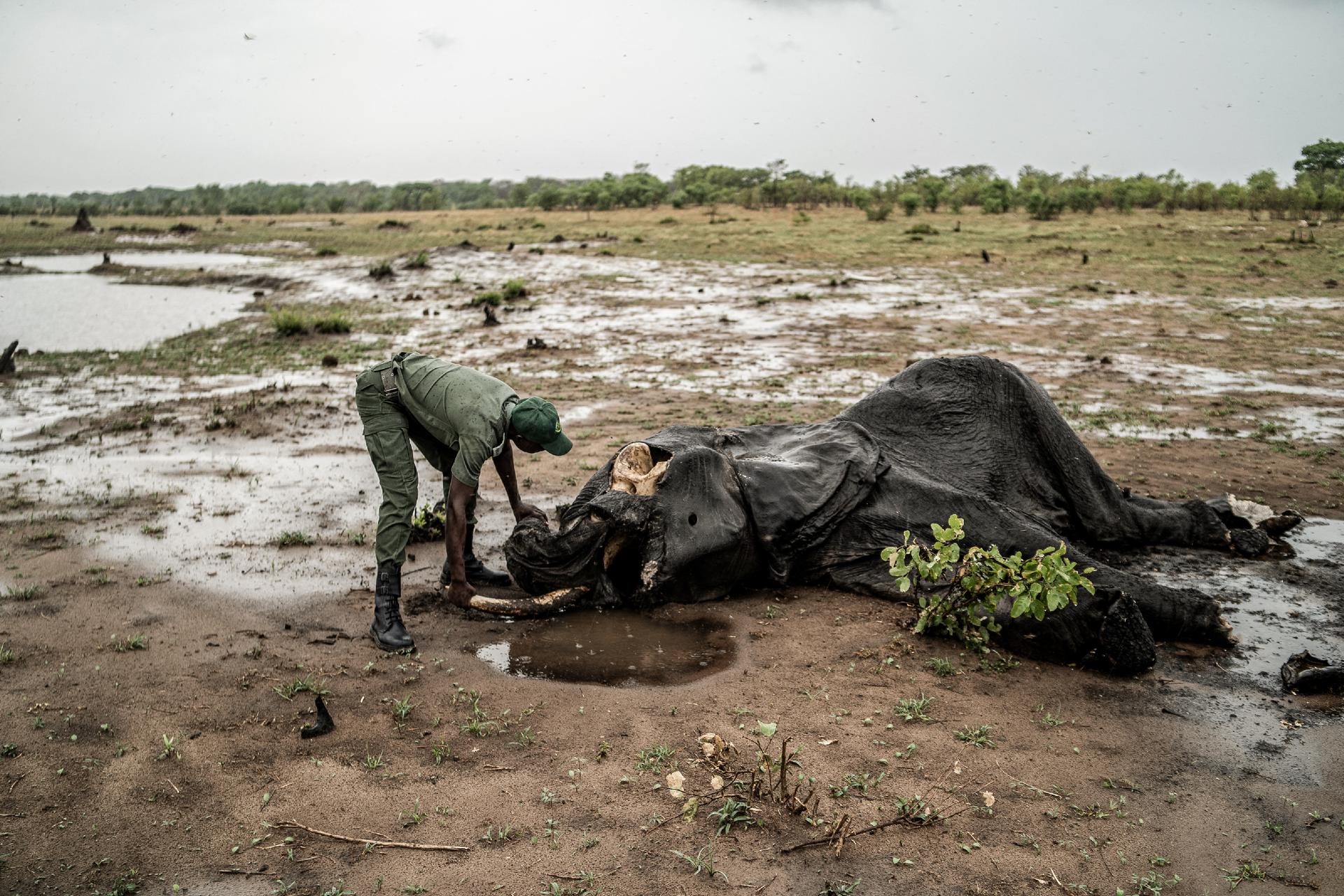
In 1925, there was an average of 484,880 climate-related deaths worldwide, according to Human Progress. Since then, it’s steadily decreased, with the latest report from 2020 showing there was an average of 14,893 climate-related deaths worldwide.
“CO2 is portrayed now as the cause of damaging extreme weather. Our research indicates these extremes are not becoming more intense or frequent,” Mr. Christy told The Epoch Times. “Thus, CO2 cannot be the cause of something not occurring.”
The U.N. is planning for countries to cut emissions to as close to zero as possible by 2050.
The plan is “collective suicide,” says Malgosia Askanas, a senior research and development associate at Aurora Biophysics Research Institute.
Ms. Askanas said the concern over CO2 is not based on science.
“It started with the hysteria of the New Ice Age and a little-known CIA report in 1974 that claimed that a major climatic change was underway,” she said.
“Later, the ‘global cooling’ alarmism morphed into its opposite, by employing the false notion of global warming due to excess CO2—which is chemically a falsehood.”
Carbon Dioxide and Life
Mr. Christy said the earth’s climate has “tremendous natural variability” and that it’s currently in a gradual warming phase.
“CO2 has been unfairly demonized because it is actually plant food in its atmospheric form, and it is the consequence of generating carbon-based energy, which unquestionably improves lives around the world,” he said.
He calls CO2 the “currency of life.”
“In past epochs, there were many times more CO2 levels in the atmosphere than today.”
Mr. Moore pointed to a graph that charts CO2 and temperature over the past 500 million years. “It’s very clear that CO2 and temperature have been out of sync more often than they’ve been in sync,” he said.
“That more or less negates the whole idea that there’s a direct cause-effect going on there.”
Mr. Moore says current CO2 concentrations are “historically low.”
“Going back 150 million years, CO2 was somewhere between 2,000 and 2,500 parts per million (ppm),” he said.
Generally, atmospheric CO2 is low (around 180 ppm) during glacial periods and higher during interglacials, according to the U.N. Intergovernmental Panel on Climate Change (IPCC).
Before the Industrial Era, circa 1750, atmospheric CO2 was about 280 ppm for several thousand years, the IPCC states.
The current peak level in the atmosphere is around 420 parts per million (ppm), according to 2021 data from NOAA Research.
Mr. Moore says that that’s a good thing, and that the push for net-zero CO2 is a disastrous policy. Anything under 150 ppm is “starvation level” for most plant species.
“CO2 is only now at 0.042 percent of the atmosphere. And the fact of the matter is plants would prefer between 1,500 and 2,000 ppm for optimum growth,” Mr. Moore said.
“Commercial greenhouse growers worldwide purposefully increase the CO2 level in their greenhouses to between 800 and 1,200 ppm. Really, it’s about 2,000 where you’re at the optimum level for trees and plants, in general.”
Patrick Hunt, president of Climate Realist of BC, said people don’t generally understand CO2.
“They’ve been told that a warmer Earth is bad, although evidence shows that’s wrong,” he told The Epoch Times. “In the Dark Ages, it was colder. It was colder and not nearly as comfortable living during the Little Ice Age.
“But during the medieval warming period, they had enough money left over to build cathedrals.”
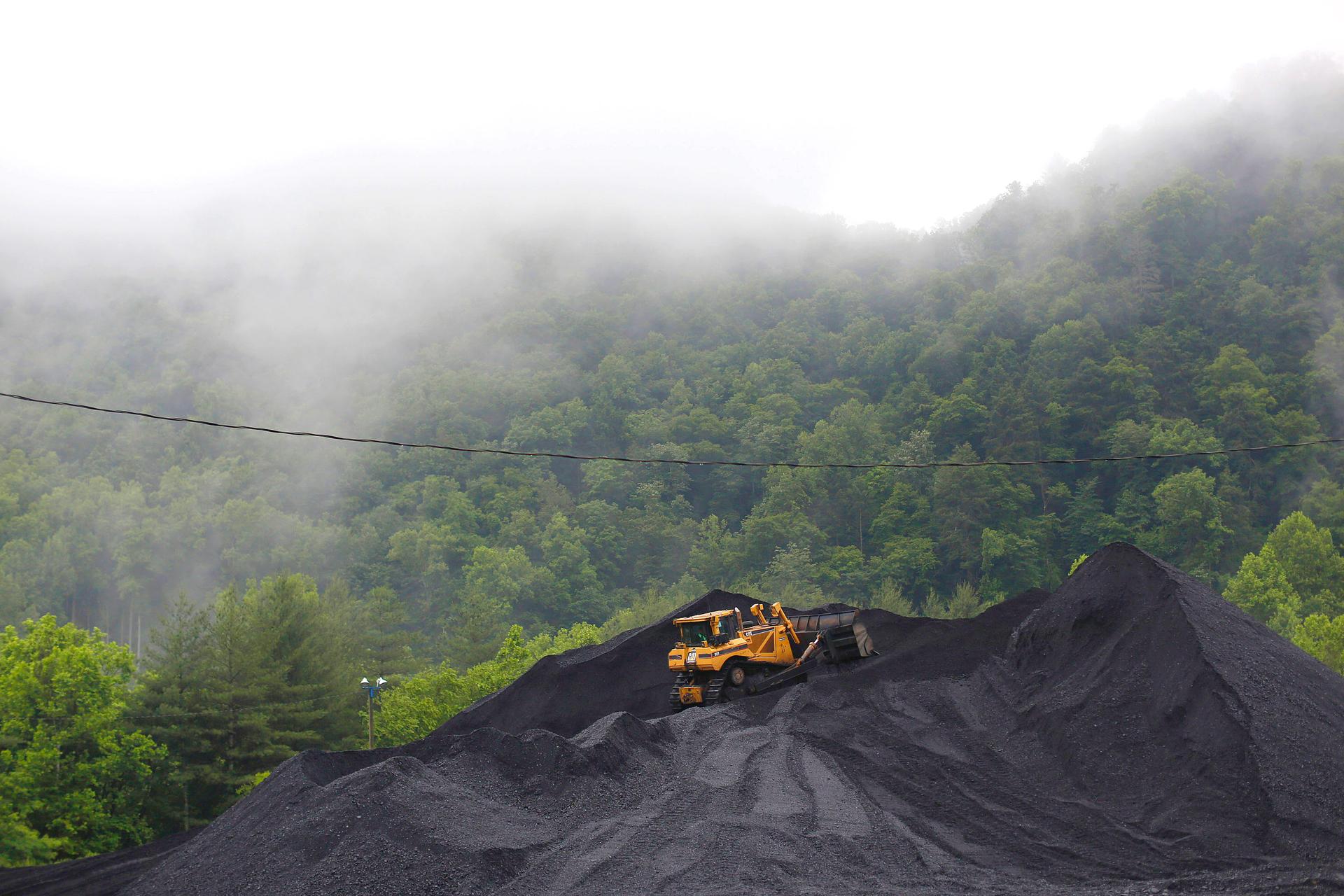
Mr. Hunt said biomass, or plant growth, on earth has increased by 20 percent over the past 40 years, “and 70 percent of that 20 percent growth is attributed to CO2.”
In 2018, NASA published a report showing that the Earth’s “greenness” was increasing, which showed that the health of forests, grasslands, and farms was more robust.
“It is ironic that the very same carbon emissions responsible for harmful changes to climate are also fertilizing plant growth, which in turn is somewhat moderating global warming,” said the report co-author, Jarle Bjerke of the Norwegian Institute for Nature Research.
Subsequent maps have continued to show increases in the Earth’s “greenness.”
Temperature and CO2 as a Net Good
Since 1950, CO2 emissions from humans have risen “exponentially,” Mr. Moore said, but the temperature hasn’t responded the same way.
“There’s no way that that can be a cause-effect relationship. The cause is supposed to be CO2. But if CO2 was responsible for warming, it would have warmed more than it has,” he said.
The main global movement against temperature rises is the U.N.’s Paris Agreement, a legally binding international treaty to “substantially reduce global greenhouse gas emissions” in order to limit global temperature increases to 1.5 degrees C above pre-industrial levels.
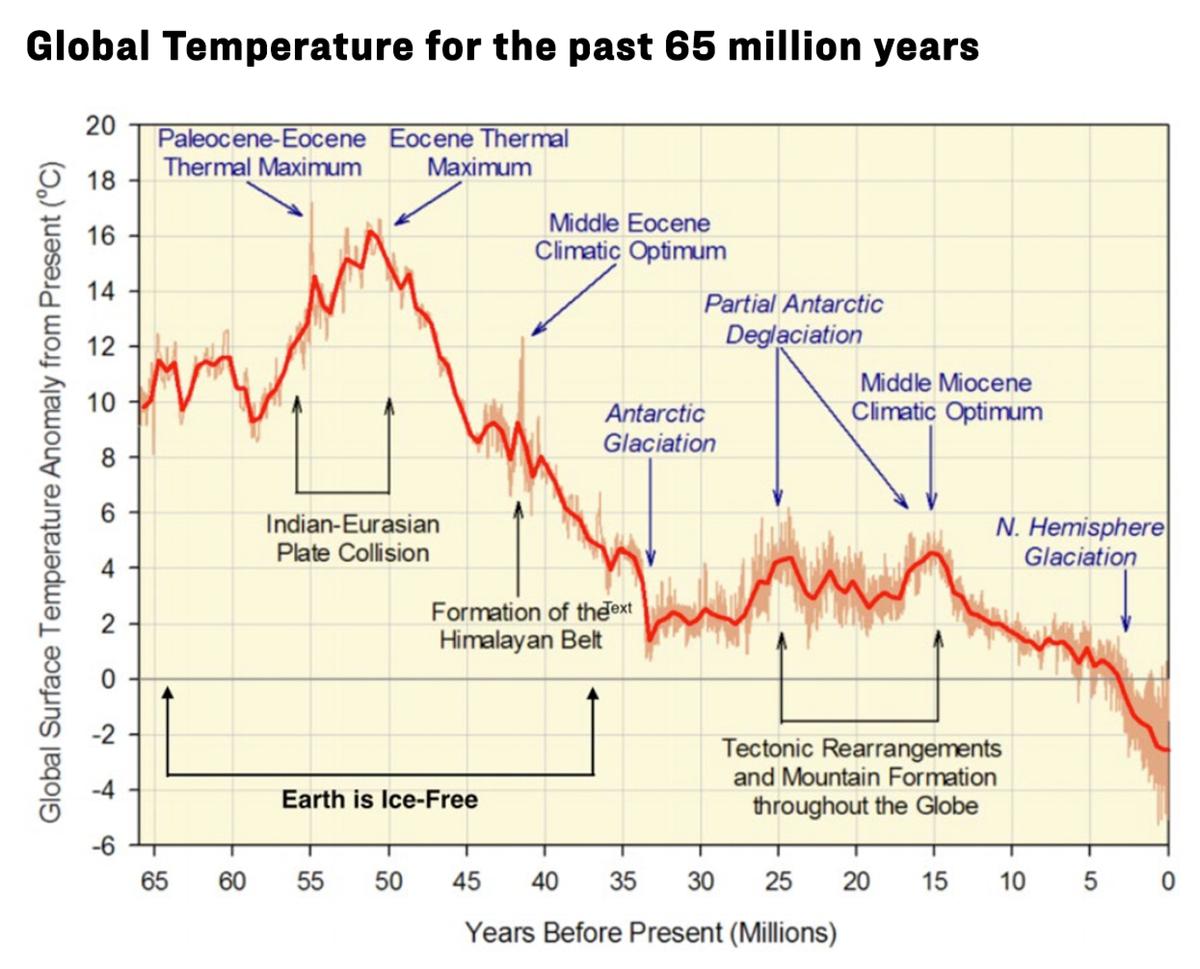
The agreement was enacted in 2016 and more than 195 countries have entered into it. President Donald Trump pulled the United States out of the agreement in June, 2017.

“The Paris Climate Accord is simply the latest example of Washington entering into an agreement that disadvantages the United States to the exclusive benefit of other countries, leaving … taxpayers to absorb the cost in terms of lost jobs, lower wages, shuttered factories, and vastly diminished economic production,” President Trump said at the time.
President Biden rejoined the accord on his first day in office, Jan. 20, 2021. The White House said addressing the “climate crisis” is one of the “four crises” the administration will focus on.
It’s impacting “not just the American people, but the global community [and] rejoining the Paris Climate Agreement is a vital step toward doing that,” said Jen Psaki, White House press secretary at the time.
Mr. Moore said the 1.5 degree Celsius limit imposed by the Paris Agreement is “garbage.”
“This 1.5 degrees that’s going to destroy the whole Earth? The Earth has been way more than 1.5 degrees warmer throughout most of its history,” he said.
“We happen to be in a warming blip now called the Modern Warm Period. But the Modern Warm Period is coming out of the Little Ice Age, which peaked around 1600—long before we started using fossil fuels.”
In a peer-reviewed paper he authored, Mr. Moore wrote that, according to 800,000 years of historical patterns, a major glaciation period would have occurred if humans hadn’t caused an uptick in CO2.
Mr. Christy said the extra CO2 might put off the next ice age, but not by much.
“I suspect CO2 has a net benefit when you weigh the advantages of energy and carbon-based products compared with living without this energy or these products. I lived in Africa and can assure you that, without energy, life is brutal and short.
“The concentration of CO2 is increasing because humans use carbon in many ways to enhance living standards. The response of the climate system is gradual and, in my opinion, entirely manageable, especially considering the massive benefits to human life it brings.”